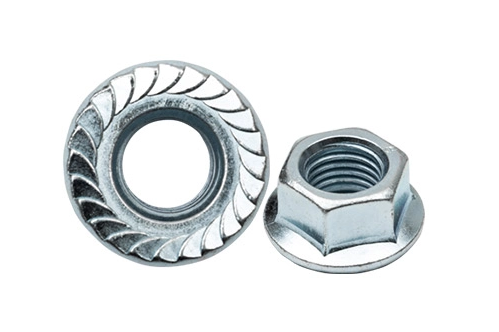The Art of Shine: Essential Waxing Tools and Techniques Used by Professional Detailers
When it comes to maintaining the aesthetic appeal and longevity of a vehicle, few practices are as revered as waxing. Professional detailers, the unsung heroes of automotive care, employ a variety of specialized tools and techniques to achieve that showroom shine. In this article, we will delve into the specific products and methods that professional detailers use to wax cars, ensuring that your vehicle not only looks pristine but is also protected against the elements.
Understanding the Importance of Waxing
Before we explore the tools and products used by professionals, it’s essential to understand why waxing is crucial. Waxing serves multiple purposes:
- Protection: A good wax layer acts as a barrier against UV rays, dirt, and environmental contaminants, preventing damage to the car's paint.
- Enhancement: Wax enhances the color and depth of the paint, providing a glossy finish that can make any vehicle stand out.
- Longevity: Regular waxing can prolong the life of the paint, reducing the need for costly repairs or repainting.
The Tools of the Trade
Professional detailers rely on a combination of high-quality tools and products to achieve optimal results. Here’s a breakdown of the essential items they use:
- Quality Wax Products
The foundation of any waxing job is the wax itself. Professional detailers typically choose between two main types of wax: carnauba wax and synthetic wax.
- Carnauba Wax: Known as the Queen of Waxes, carnauba is derived from the leaves of the Brazilian carnauba palm. It provides a deep, warm shine and excellent water beading properties. Detailers often prefer high-grade carnauba wax for its natural finish and durability.
- Synthetic Wax: These waxes are formulated with polymers and other synthetic materials, offering longer-lasting protection and easier application. They are ideal for those looking for a quick and efficient solution without compromising on shine.
- Applicators and Buffing Tools
The application and removal of wax are critical to achieving a flawless finish. Professional detailers use specific tools designed for these tasks:
- Foam Applicator Pads: These pads are soft and non-abrasive, allowing for an even application of wax without scratching the paint. Detailers often use different pads for different types of wax to ensure optimal results.
- Microfiber Towels: For buffing off the wax, high-quality microfiber towels are essential. They are gentle on the paint and effectively remove excess wax without leaving lint or scratches.
- Polishing Machines
For those looking to take their waxing to the next level, professional detailers often use dual-action or rotary polishing machines. These tools can help to prep the surface before waxing by removing minor imperfections and enhancing the paint's clarity.
- Dual-Action Polishers: These machines provide a safe and effective way to polish the paint while minimizing the risk of burning through the clear coat. They are ideal for both beginners and seasoned professionals.
- Rotary Polishers: While more advanced, rotary polishers can achieve a high level of shine and correction. However, they require a skilled hand to avoid damaging the paint.
Techniques for Optimal Wax Application
The application of wax is as important as the products used. Professional detailers follow a systematic approach to ensure the best results:
- Surface Preparation: Before waxing, the vehicle must be thoroughly washed and dried. Any contaminants, such as tar or tree sap, should be removed using a clay bar or specialized detailing products.
- Application: Using a foam applicator pad, detailers apply a thin, even layer of wax in a circular motion. This technique ensures that the wax adheres properly and covers the surface uniformly.
- Curing Time: After application, it’s essential to allow the wax to cure for the recommended time, which varies by product. This step is crucial for achieving maximum durability and shine.
- Buffing: Once the wax has cured, detailers use clean microfiber towels to buff the surface, revealing a brilliant shine. This step should be done in a gentle, circular motion to avoid streaks.
Conclusion
Waxing a car is more than just a cosmetic enhancement; it is a vital part of vehicle maintenance that protects and preserves the paint. By understanding the tools and techniques used by professional detailers, car owners can elevate their own waxing practices, ensuring their vehicles remain in pristine condition. Whether you opt for traditional carnauba wax or a modern synthetic alternative, investing in quality products and tools will pay off in the long run, keeping your vehicle looking its best for years to come.




